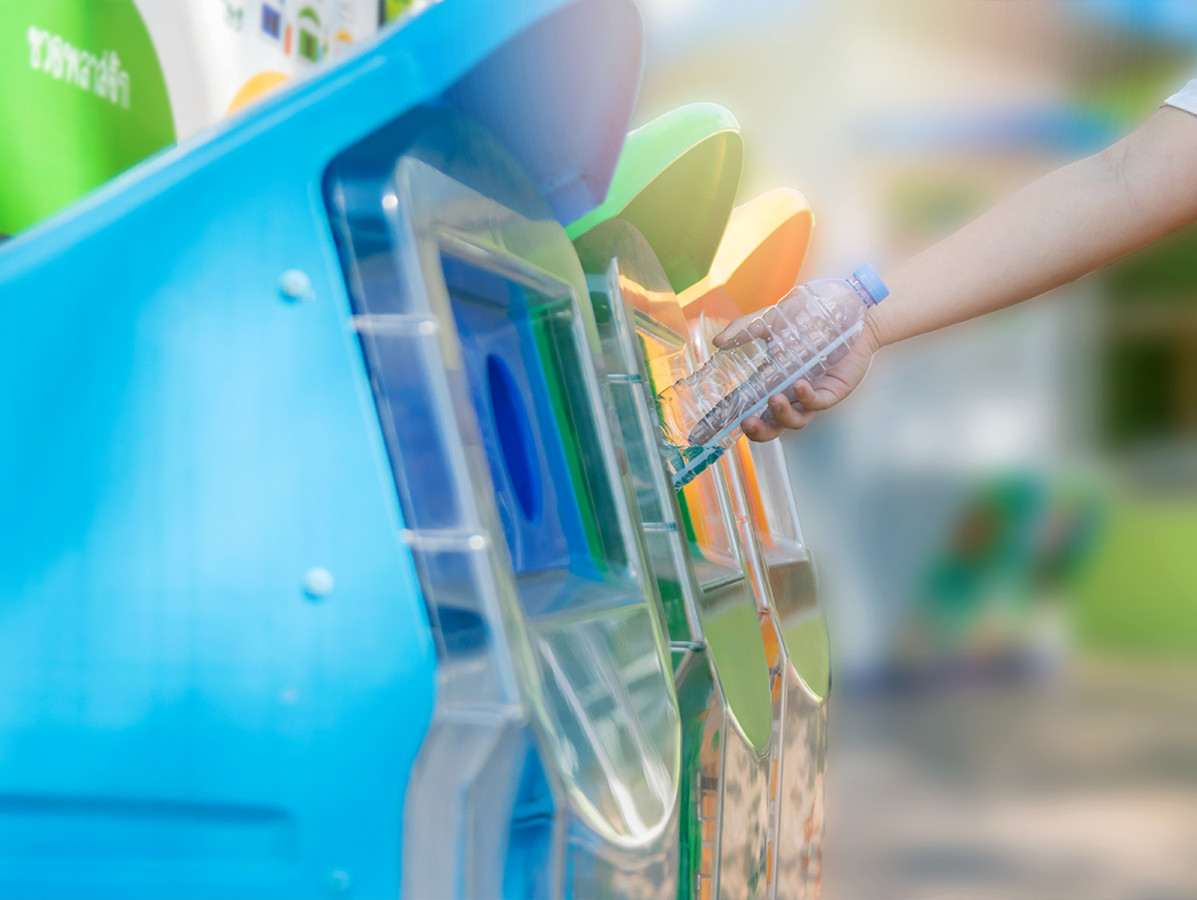
The share of well-recyclable plastic packages has hardly increased over the past 7 years. A meticulous study into the designs of plastic packages currently present on the Dutch market has revealed that 27% is well recyclable. Wageningen University & Research has established this in a study commissioned by NVRD.
The most promising is the group of packages of which the designs can be adjusted in a fairly straight-forward manner to well-recyclable alternatives. This could increase the percentage of well-recyclable packages with a staggering 29%. Addressing their designs would signify a major step forward. These are packages with incorrect labels, caps, adhesives, etc. There is a growing awareness of and interest in design-for-recycling at manufacturers, but the business incentives are not aligned, yet. Marketing will have to step back to render the packages better recyclable. Hence, no bright, large labels and less convenience options such as anti-drip valves, hand pumps and spray guns.
Roughly a quarter of all packages are difficult to redesign-for-recycling. Firstly, the packages that are too small to be sorted and recycled. And secondly, packages that cannot be simplified easily, since they are vital to maintain the shelf-life of food products. To this subgroup belong packages for coffee, pre-baked breads, cheese and meat products, etc. A suitable recyclable alternative is currently lacking.
Finally, there is a significant group of plastic packages (18%) for which there is no recycling technology available that can process these on a large scale, like PET trays and PS packages. In case these recycling technologies will develop further, these packages will then also be assessed as recyclable. Nevertheless, they will also have to be designed for recycling.
Compared to a study 4 years ago the share of black rigid packages has dropped and the shares of PP and PET rigid packages have increased. This shows that the fast moving consumer good industry has made the first step. In the current study, the recyclability of packages is studied in greater detail and design aspects of individual packages are also considered.
Previously Wageningen University & Research has also studied the value chain of plastic packages. These studies have shown that the design of the plastic packages largely influences the sorting and recycling processes. The quantity and quality of recycled plastics is therefore determined to a large extent by the recyclability of the packages on the Dutch market.
Currently, only 27% of the plastic packages on the Dutch market is well-recyclable. The Dutch recycling target for plastic packaging is 50% in 2025 and even 55% in 2030. With the current packages this target could be attained by collecting and recovering as much as possible. For the largest part of the recycled plastics produced from these packages the market demand is, however, limited. These recycled plastics are primarily suited for thick-walled, less demanding products. To produce more and more pure recycled plastics the plastic packages need to be designed for recycling.
Read the English summary of the Dutch report ‘Recyclebaarheid van Nederlandse kunststofverpakkingen: de status van 2021’
www.wur.nl
Photo: ©TeeStocker/Shutterstock.com
Source: Wageningen University & Research